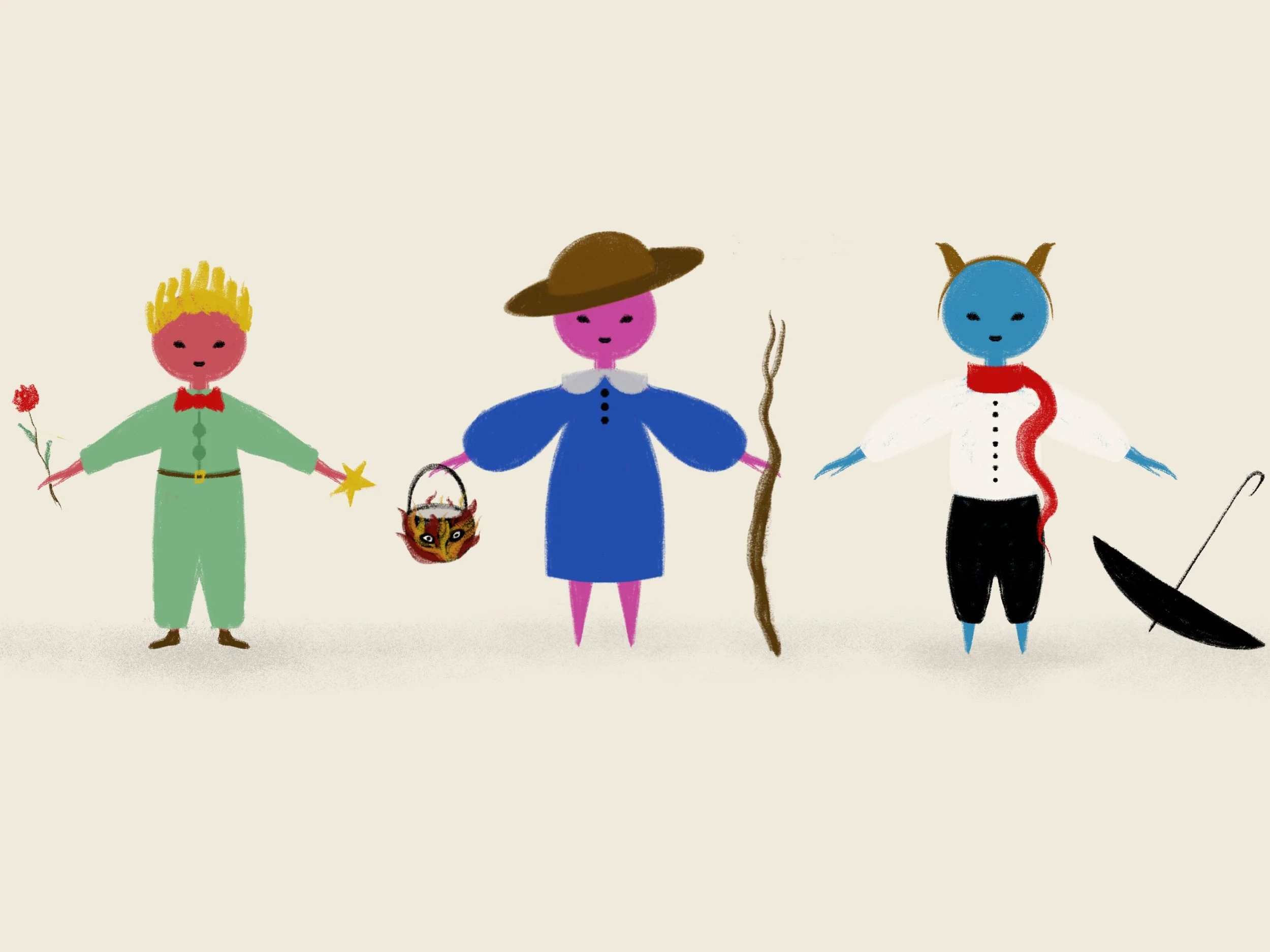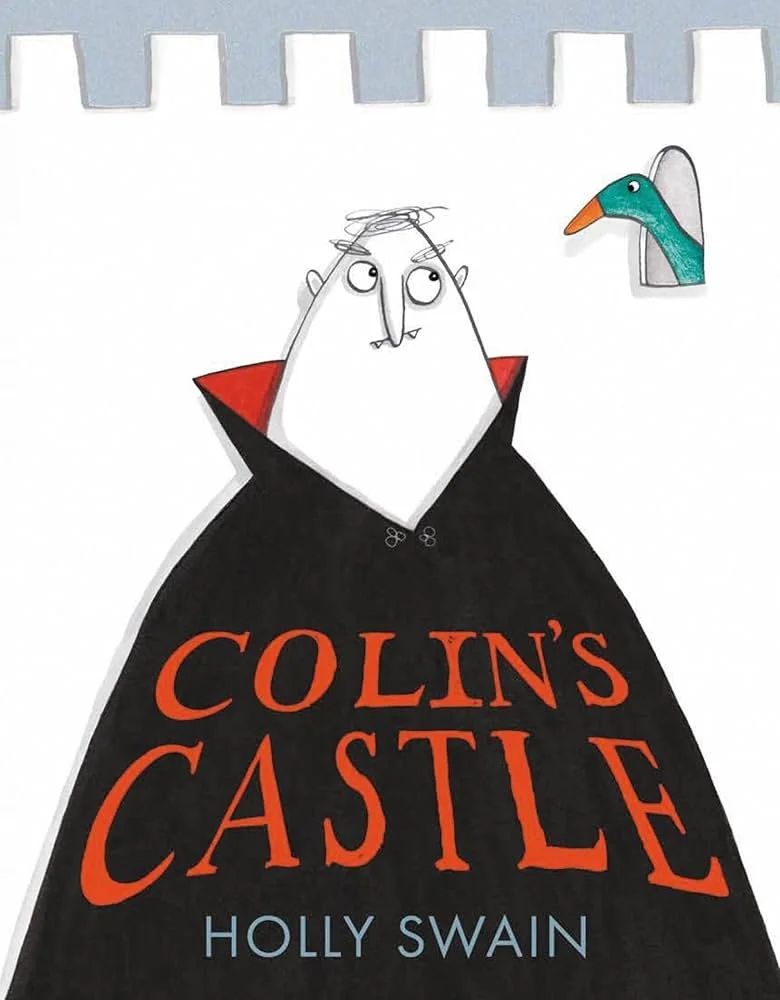How Music Grows Reading Skills: 10 Tips for Incorporating Music into Your Literacy Teaching
2 November, 2025 ● Written by Sarah Silverkey
Henry Wadsworth Longfellow once said “Music is the universal language of mankind.”
It’s a pretty phrase, repeated often, but a closer look raises some questions. Does it mean that every person on earth understands every form of music? Probably not. Music is vast and varied, and any number of people will listen to a piece of music and recognize nothing at all in its rhythms, patterns, and pitches. Or does the saying mean that music can express the same thoughts and feelings as written or spoken language? A poetic idea, but debatable as well, as most would struggle to understand, say, a technical diagram expressed via clarinet.
What we think this quote means is that every civilization uses music as a form of expression, and that music — like written and spoken language — uses rhythm, timing, tone, and pitch to express feelings and create a mood. Our brain forms connections around patterns, rhythms, and sounds. The patterns of music echo patterns of language and storytelling.
So how do we combine the two when teaching literacy and raising lifelong readers? Does singing “Twinkle, Twinkle Little Star” help your child become a better reader in the same way reading The Three Little Pigs would? Is music integral to literacy, or just a nice aid?
The science on this is promising. A 2015 meta-analysis found that music training was associated with small gains in phonological awareness (e.g., rhyming, segmenting sounds). The same review found no consistent benefit for reading fluency (i.e., speed and accuracy of reading connected text) at the aggregate level. However, other research — including an action-research study of cross-curricular collaboration between reading and music instruction — found that when teachers combined songs/rhymes, rhythm and reading tasks, there were positive effects on phonemic awareness, engagement and early literacy outcomes.
In practice, then, singing and musical storytelling taught together are valuable, especially in early childhood, as supplements to reading aloud, story-sharing, and book-based activities. They help children attend to the sounds of language (through rhythm and rhyme), build vocabulary, and stay motivated. Music alone might not be sufficient to replace systematic reading instruction, but can be integrated thoughtfully into a broader literacy program to strengthen your child’s or students skills in expression and thought.
During my own decades of teaching, I’ve found the following to be true: Both music (especially singing songs) and literacy (especially reading or hearing stories read) improve cognitive skills, intellectual development, self assurance, and openness to ideas. Both require and develop pattern recognition, memory, and sensory perception. Both require and develop the ability to predict and anticipate what comes next. Both sharpen the brain’s attention to sounds, and the meaning or emotions that come from those sounds in an organized sequence. Both heighten rhythmic motor control of our bodies, enhancing physical work and play and artistic movement. Both can take us to other places and states of awareness. Both can help us tune out or process the noise of negative aspects of our lives. Both contribute to the ability to do complex tasks, and to develop long-term thinking skills and long attention spans. Both reward persistent effort, and give feelings of satisfaction. Both help children and students to self-regulate, particularly where music instruction precedes literacy instruction.
In short, as many teachers will tell you, one of the most effective ways to learn something is to set it to music. It is why countless folk songs tell stories and carry morals, why the military uses cadence songs to build unity and maintain rhythm, and why cultures and religions around the world use music to nurture spiritual growth. Music serves as a powerful vessel for thought, a kind of cognitive shortcut. Its patterns, pitch, and emotion make the ideas within its lyrics far more memorable.
Whether in academic study, the passing down of culture and history, athletic training, or simple entertainment, music strengthens memory and understanding. From infants to teenagers, song engages the senses, sharpens the intellect, and helps ideas take root.
Read on for some simple and easy tips on nurturing music and reading in your family or classroom.
Photo by Karina Syrotiuk on Unsplash
10 Ways to Help Children Learn Literacy Through Music
1. Sing and play from infancy
Even before babies understand words, they respond to rhythm and melody. Singing simple lullabies or repeating playful chants helps build early listening and language pathways. The earlier children hear and feel music, the more natural it becomes as part of their self-expression.
2. Praise children for making or joining in music
Keep the praise simple and sincere. When children hum, invent a tune, or join in clapping or singing, they are building brain connections that support emotional and cognitive growth. Let them know their efforts matter. Feeling safe to express themselves, through sound as well as speech, is essential for confidence and creativity.
3. Learn songs together
Sing nursery rhymes, lullabies, fingerplays, folk songs, silly songs, and songs from your cultural or religious traditions. Variety matters: different rhythms, melodies, and words enrich a child’s vocabulary and memory. These songs form the foundation for pattern recognition, reading readiness, and emotional understanding.
4. Balance sound and silence
Avoid constant background noise. Too much music, screen time, or digital sound can overload a child’s sensory system and make pattern-forming and rhythm-finding more difficult. Quiet time helps the brain rest, allowing children to focus when music or language truly matters. Teach them to listen for the sounds around them: birdsong, footsteps, rustling leaves, the various voices and layers in a piece of music. As with stories, sound becomes meaningful when attention is intentional.
5. Make music a shared activity
Encourage children to make music with others, whether in a family sing-along, a school choir, or a band. Group music-making develops cooperation, listening skills, and empathy. Studies show that playing music in a group strengthens concentration, memory, and literacy.
6. Move with the music
Engage the body as well as the mind. Clap to rhythms, tap to rhymes, dance, march, or act out songs. Physical movement reinforces the beat and structure of both music and language, helping children internalize rhythm, pacing, and timing, all important for fluent reading and speaking.
7. Combine music with storytelling
As children grow, look deeper together. Listen to a song and discuss the lyrics. Watch a musical together and see which of the songs stick, and why. How does the music help tell the story? Try making your own silly or serious songs, and encourage your children or students to express themselves in combinations of words and music. Writing lyrics or poems can be a great way to learn how to use words with intention and care.
8. Analyze with older students
Compare the structure of a song to that of a short story or poem. Notice patterns, refrains, tension and release, or rising and falling action. Recognizing these parallels strengthens both literary and musical understanding. Explore music in a light, open way. Make up your own lyrics to a familiar tune, or create a new melody for a poem. Musical play builds imagination, humor, and flexible thinking, skills that help children become better problem-solvers and communicators.
9. Use music to set mood and discuss emotions
Music, like conversation and reading, has strong effects on our emotional state. It can be calming, thrilling, frightening, and encourage many other nuanced emotional states. Try reading a scene from a story with mismatched music, or singing lyrics set to happy music. Then read a neutral or emotionally affecting scene to matching music. Discuss how this completely changes the effect. It’s a great way to illustrate the effect music has on language, as well as our minds and emotions.
10. Celebrate progress
Focus on the joy of making and sharing music. Celebrate when your child learns a new song, invents a tune, or sings with others. Celebrate in the same way when your child expresses a new idea, whether written, spoken, or sung. The goal is to encourage healthy, thoughtful use of the various languages at our fingertips. And music — as Longfellow said in not so many words — is a language that many can understand and recognize.
Sarah Silverkey
Contributor
Sarah is an educator, writer, and artist with over 40 years of primary and secondary school teaching experience in the United States and in Switzerland. She’s a co-founder of the Homeschool Association Switzerland, and a fervent literacy advocate, believing that all good things (or at least, very many of them) come from an early exposure to books and stories.











